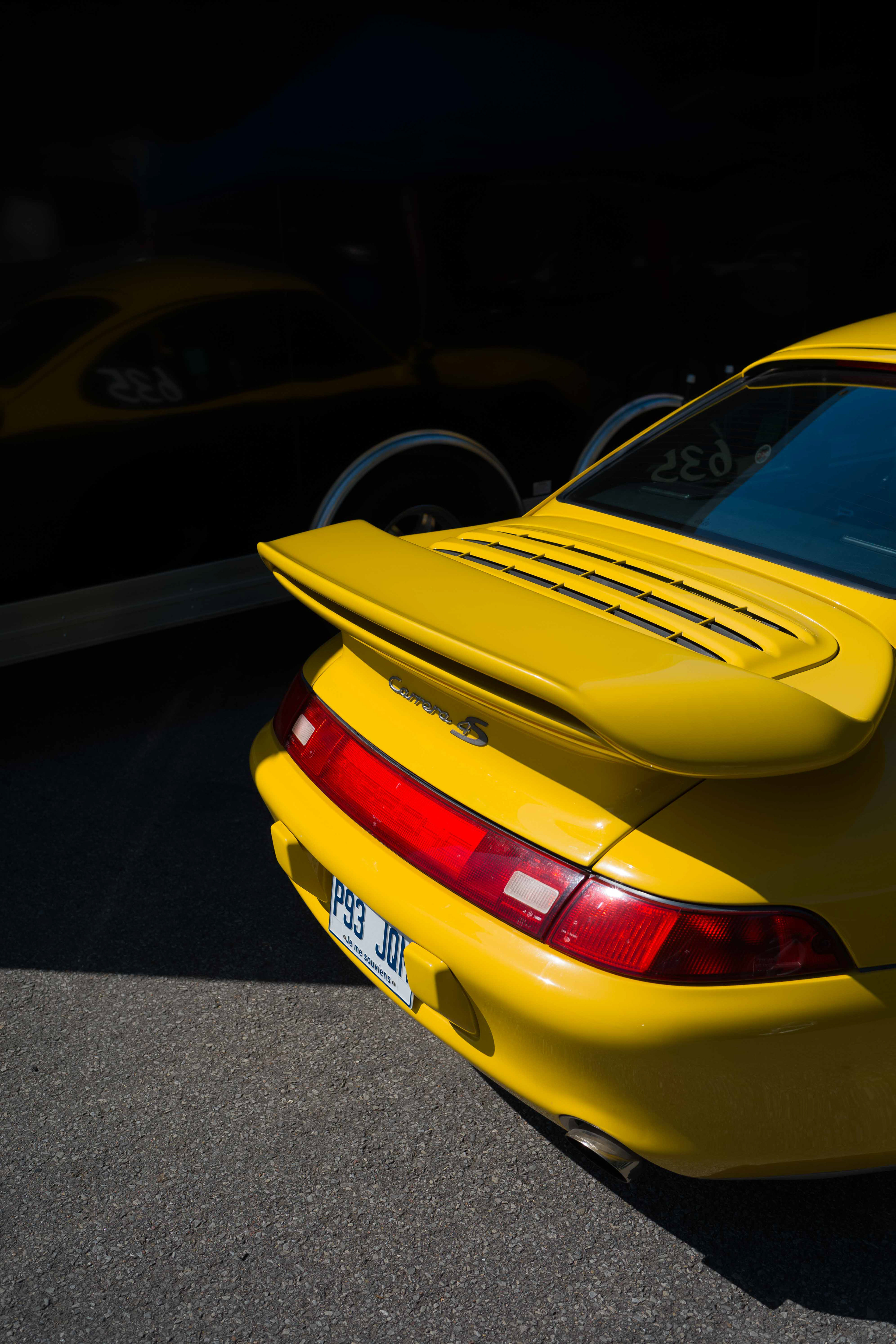It's expensive, there's no autofocus and it's the best digital camera I've ever used. Enter my love affair with photography embodied by a bauhaus brass camera.




Blabber about who I am and how I found out about Leica
To get into this camera, I'll get into what photography is to me, and how I approach it. I've been taking photos for as long as I can remember, and as fate would have it I inherited a lot of gear and knowledge from my grandfathers and parents who were all passionate hobbyists. As I got older and proved to my family that I too had been bitten by the photo bug, I acquired more and more of their retired cameras. Next thing you know I'm 16 years old and settled on my first digital SLR with all my summer job money. My first foray into the autofocus world was fun at first. Watching those dots light up when I half pressed the shutter and the photos came out usually good, but in the end, I was never quite sure I got the shot until I got back to my computer and find out that that little dot actually got the waiter handing out hors-d'oeuvres while the smiling couple in front resembles some blurry nightmare I wish I could have just "enhanced". I continued to use my SLRs as workhorses, but the charming legacy lenses I had were calling my name. Scour craigslist and buy my pink Sony NEX C3, the camera that revolutionized digital photography for me. Slap on my dad's 1980s Carl Zeiss C/Y 50 1.4 Planar, we're in business! I would bring the little pink cameras to weddings and jobs and found the manual focusing paired with peaking enabled me to focus on the fly and never miss a shot. I used the crap out of that combo, I acquired more and more adaptors and used as many lenses as I could, and in 2013, I preordered the Sony a7 followed by the a7rii....and then another a7rii. Those cameras paired with manual lenses gave me total control over the process and was key to increasing my hit rate and lowering post production times.
It's 2017, I'm in Paris, wandering around trying to find a store that sells Voïgtlander lenses for Sony. I figured the Leica store probably has one. Get in the would-be-Apple-store with a big red dot in front. "Voïgtlander?" I ask, "Voïgtlander?!" the salesman at the cash scoffs. Ok, so that's how it is eh? Next to him is a Leica Q, I figured before I walk out, why not see what the hype is about and I pick it up. Crap, it's good, it's really good. It made my prized Sony a7rii feel like it's interface was dipped in sludge and the body was made from scrap metal. The responsiveness, the weight, the inspiration! Snapped a few photos and I was blown away by the image quality, the colours, that lens! But how much, 4500...Euros! How many maple-dollars is that? I left the store with phantom-camera syndrome, my hands longed for that camera's feel.
"it was like holding a camera for the first time"
I get back home, and start researching the heck out of it. I exhausted every available review and article I could find on the Q. Ok, the proposition is neat, but it felt like it was the training-wheel camera for a proper M and I'm so used to manual focus, going into a one lens autofocus system seemed a little backwards. Still intrigued by the Q, I went to pester my favourite camera store! At the time Camtec had both a used M240 in chrome and a Q for sale, both quite similar in price to make things even more compelling. I know the Q, I've read every review, seen thousands of photos taken with it, now the M. The gentlemen behind the counter pushed to try the M to see how I'd like it. Handed me the camera, it was like holding a camera for the first time. The viewfinder, it's clean and clear, no clutter, just some out of place red arrows and a dot flashing nonsense at the bottom. Snap a few photos to a musical shutter, and miss.every.single.shot. Oh this is new. The few photos I got in focus were stunning, vibrant, sharp!! I just couldn't wrap my head around the price, even used, I left it as fantasy.
.....But Gear-Acquisition-Syndrome got the better of me, and all that window shopping started making the prices look more and more normal... Queue a camera write-off, a few beers and I placed a deposit on an M10 in black chrome.





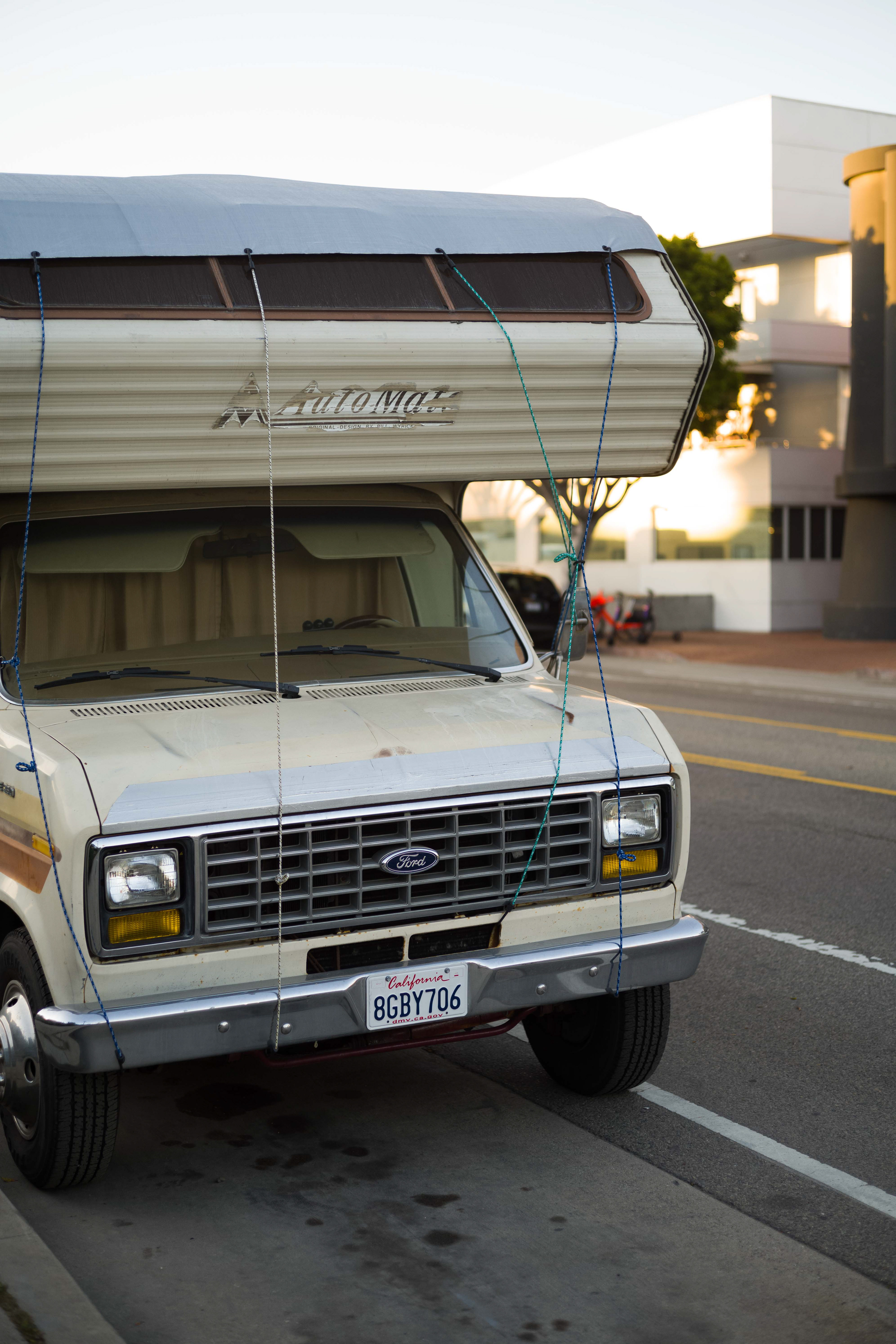



To me. photography is an outlet that brings me pleasure and I can relive moments through each photo and satisfy that creative itch. So using a tool that inspires me and makes the task as easy as possible is a blessing. I'm not going to deny my camera addiction and love affair for lenses with their own signature rendering and I've grown very picky of what lenses I use and buy. So shooting Leica pretty much limits my search to a handful lenses and few good reviewers. Which honestly allows me to feel way less pressure on making an informed decision, and makes it more about the experience, how refreshing.

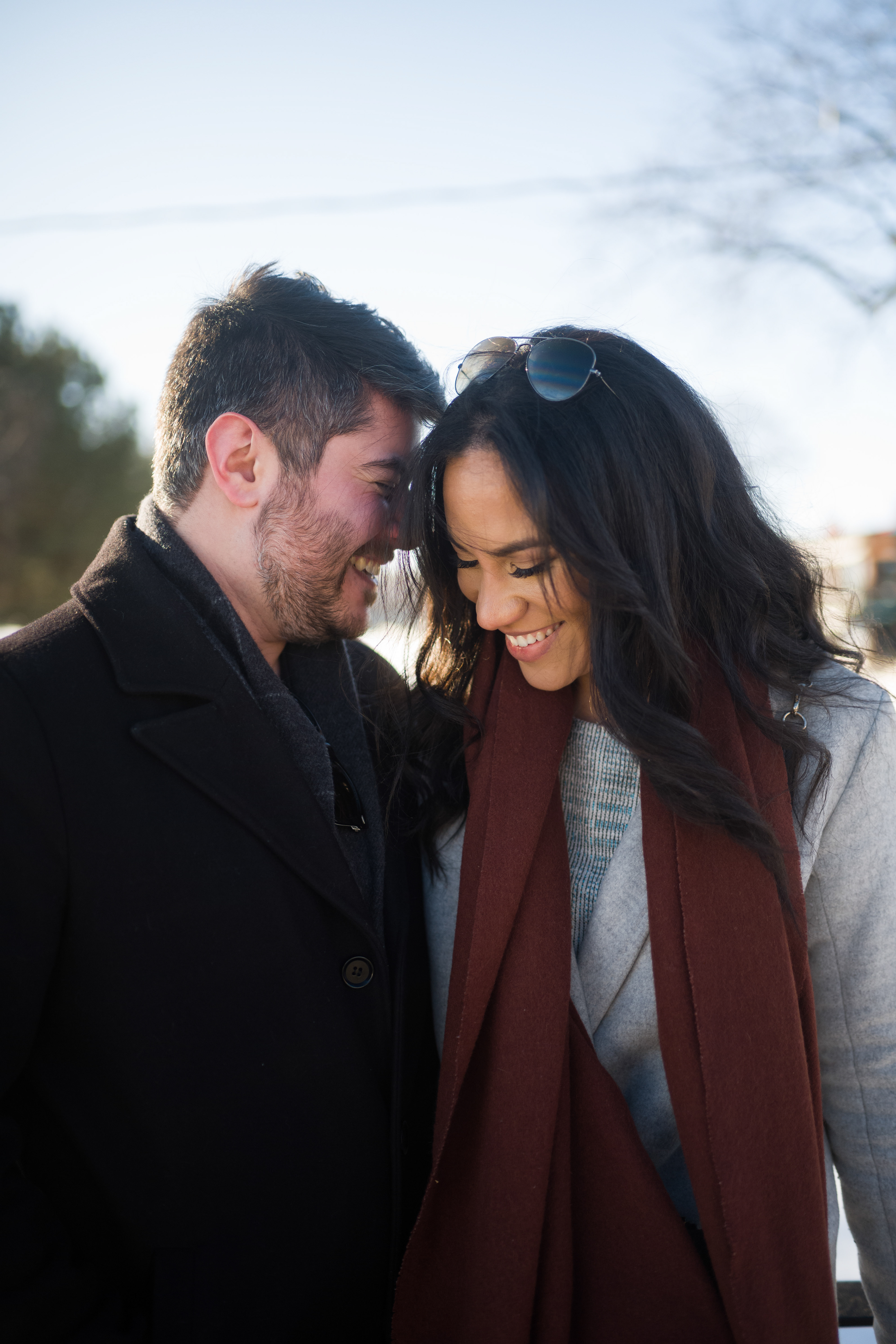

Enough about me, let's get to it!
Handling:
Just pick up any M camera and you feel like you're holding something special. Happy to report that past the honeymoon phase and after years of use, every time I use it I feel just as inspired as the first time I shot it (thank god). It's got heft, aesthetic appeal and perfectly responsive knobs and buttons that click just right. Mind you, the 3 buttons on the side of the rear LCD are the flimsiest feeling parts of the whole camera with a hollow click to them and impressively they feel the exact same after years of use. Also, the M240's scroll wheel and the M10-P's scroll wheel feel more dampened in comparison to the more clicky one in the M10, not a negative just an odd thing I noticed when comparing the latter. I mean, it's as simple as a camera can get: you put your eye to the gorgeous viewfinder and align the patch to focus. Set your ISO and shutter speed on the camera and use the red LED markers in the finder to confirm your exposure. Using the framelines is very easy to do, and you learn to compose even before the camera is in front of your face. The whole experience is engaging and you start to form a muscle memory connection to the camera.
The viewfinder:
You hear a lot of praise for the MP, M4, M3 and M2 finders, this one is the best yet. It's huge, it's bright and very contrasty. My M2 with coated lenses by YYe is gorgeous, but it cannot compete with the utter clarity of the M10's finder. In contrast, it made using the M240 finder feel claustrophobic and intimidating.



Battery life:
I can shoot an entire wedding on one battery, this is with a mix of liveview use and auto ISO shot for up to 14 hours and well over 1200 photos. Those who complain about the life are paranoid.
Image quality:
If you're using a hazy scratched up lens or have never used a rangefinder before, alignment problems aside, it's user error if you can't get a good photo (I'm looking at you Bastian at Phillipreeve.net). If you're using well corrected lenses such as an APO-Summicron 50 f2 ASPH or the Zeiss 35 1.4 Distagon ZM, you'll see how this sensor can resolve and be outresolved. The thin filter stack and the gorgeous colors coming from the sensor make the camera such an easy and joyful daily shooter. The images just pop without any post production!



The dynamic range is good, highlights can be clipped and only have about a stop of recovery at any ISO above 400 and below 200. Shoot at ISO200! That said, the shadow recovery is as good as any other modern camera at any ISO below 6400. The camera behaves as good as any great modern camera at ISO200. At first the M10's auto ISO would have a base of 100, but after an update in mid 2018 it became 200. Which in hindsight was good as I've noticed a lot of clipping in my 100 shots. The high iso performance is great, but surely not the best. Dynamic range and grain are totally fine until ISO6400, I limit the auto ISO at 8000, beyond that you start to notice saturation dipping and strong purple casts in shadows if you try to recover anything. Another surprise for me was the abundance of hot pixels and banding at high ISO shooting; nothing I experience daily, but something to be aware of if you plan on doing long exposures at night or really pushing the camera at low light.



Look, the camera does good at everything and is great at daylight colors and sharpness. With a camera equipped with image stabilization, the line between the camera's ability starts to blur, making the shots a lot more of a guesswork, and the pressure to get the perfect shot takes over and you take multiples of each shot. Take away what you will, you can treat the M10 like a film camera with instant access to the photos, or a digital camera that is up to the task; just be ready to shoot wide open at at 1/focal length in low light. In comparison, my a7rii can be confidently shot until ISO12800, and I have to hand it to the Sony for great lowlight colors and grain, but in reality, the photos from that camera ALWAYS need to be tweaked and hardly feel any sharper than those coming out of the M10. To me, knowing the limits of the camera is part of the experience. There's a hard stop that you know where your limit is, a lot like shooting a film camera. We're at a point in technology where despite what you think you see in graphs, most professional cameras are nearly all the same. Sensor performance increases have become so marginal, you can't go wrong with anything these days.
This is where the Leica will always win, you want that new "Leica look" the lens is only part of the equation. Yes there's the romance and mystique, but the sensor is magical, the files look straight up medium format with the right lens. In fact, I find my landscapes indiscernible at times between my Ektar100 and 500CM photos. That said, I'd say the M10 files lean more towards Ektachrome colors, especially with regard to highlight recovery and tendency to look bluer (notice I didn't say cooler). So what's in the sauce? How does one get those colors on let's say a Sony? Well for starters, the files are saturated, a lot! The blues, yellows and reds POP, That super thin filter-stack makes any other Fullframe sensor look foggy, so slide up that dehaze a smidge. Now, here comes the secret spice, PERFECT white balance. See those shutter blades, white, grey and black, you could almost say that they are a built in Greycard? The AWB is not without it's flaws, in artificial light, it can get a bit wonky, but we're talking about 1% of the shots getting screwed, that's why we shoot DNG (I'm looking at you JPEG Leica shooters).





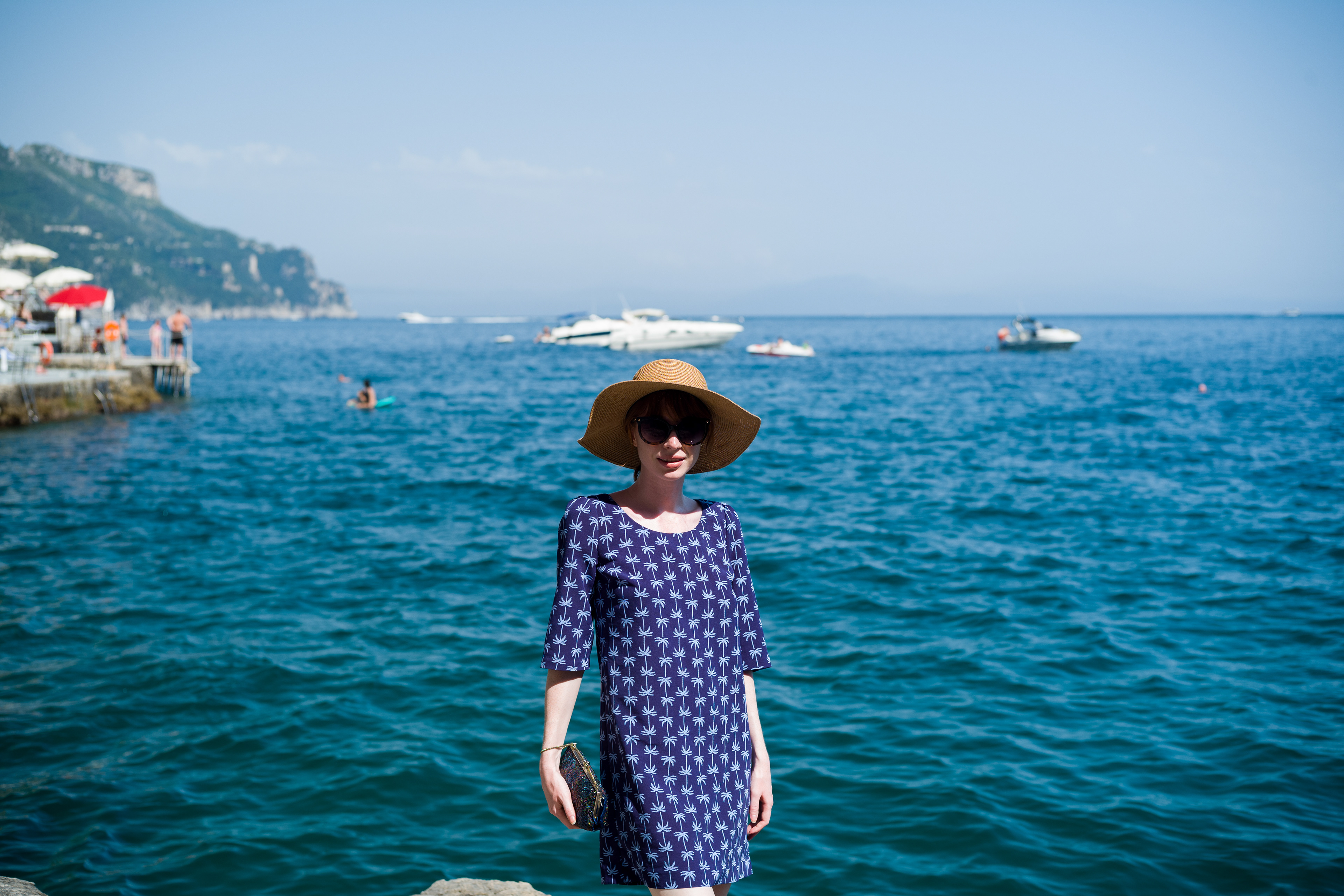






Unless you're shooting JPEG+DNG, don't shoot JPEG on the M10! The DNG's are crips and rich, the JPEGS get muddy and lack the shadow depth that the raws contain. That said, the monochrome files punch, and are very film like and hard to replicate in post. When I shoot BW, I usually shoot both file types and use the JPEG as a reference.
The camera can be chrome or black chrome, the Leica remains inconspicuous. Its small and the lenses are comparatively tiny compared to other systems. Zone focusing or looking through the finder, the camera is never threatening. You can get as close as you can (.7m social distancing?) and the camera just doesn't scream "big scary object in your face". Pair that with the extremely haptic feedback and you're in for a street photography dream!




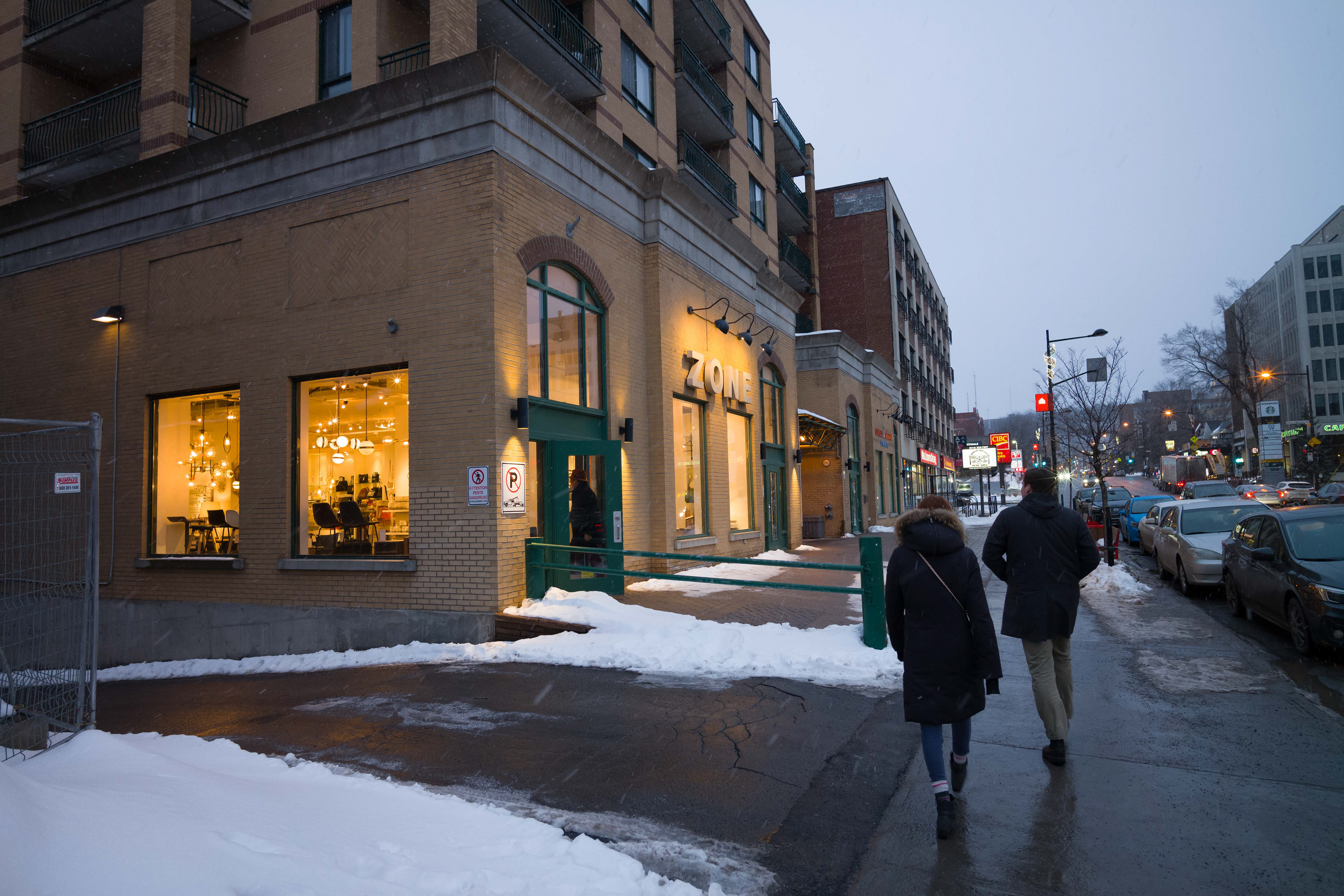


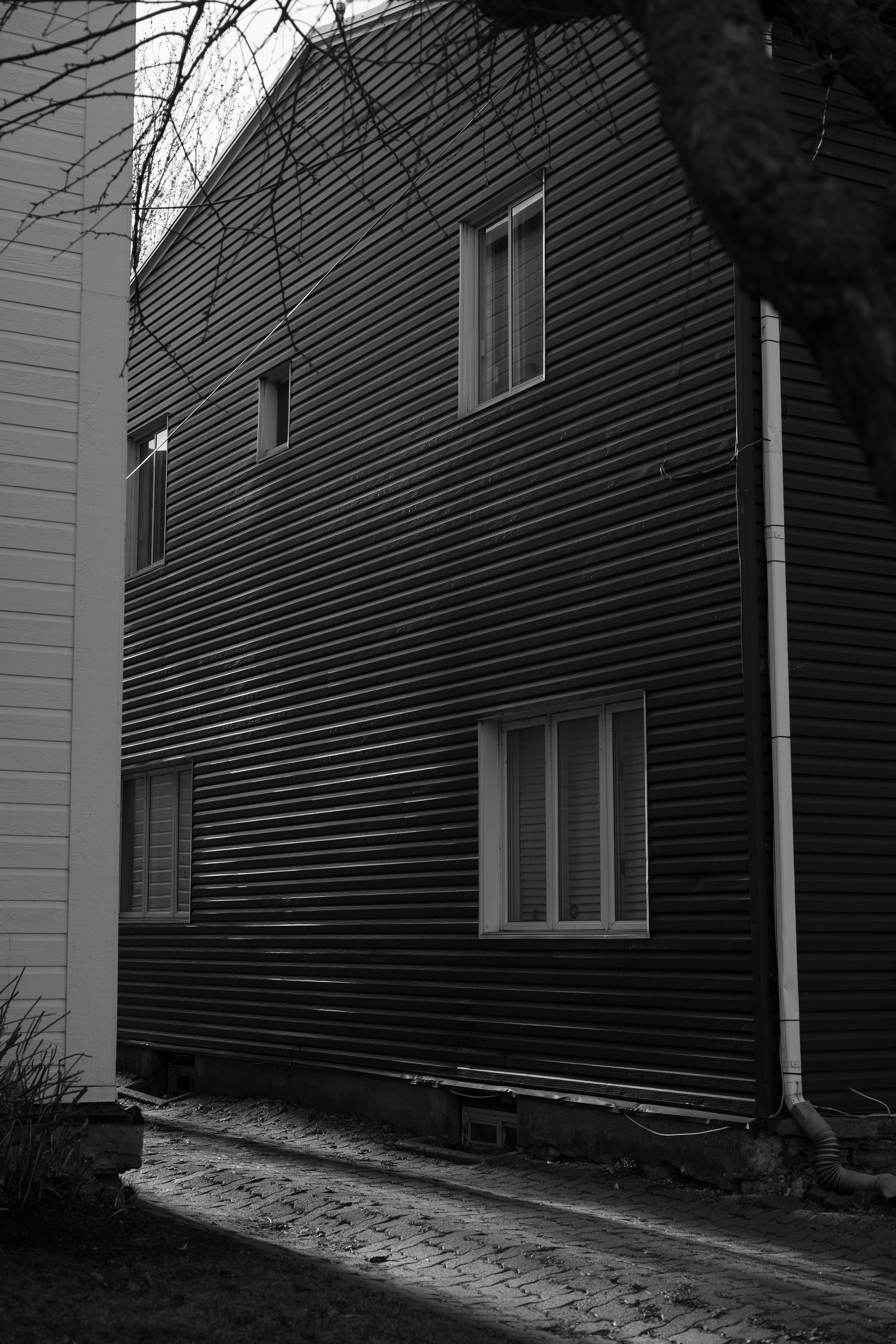








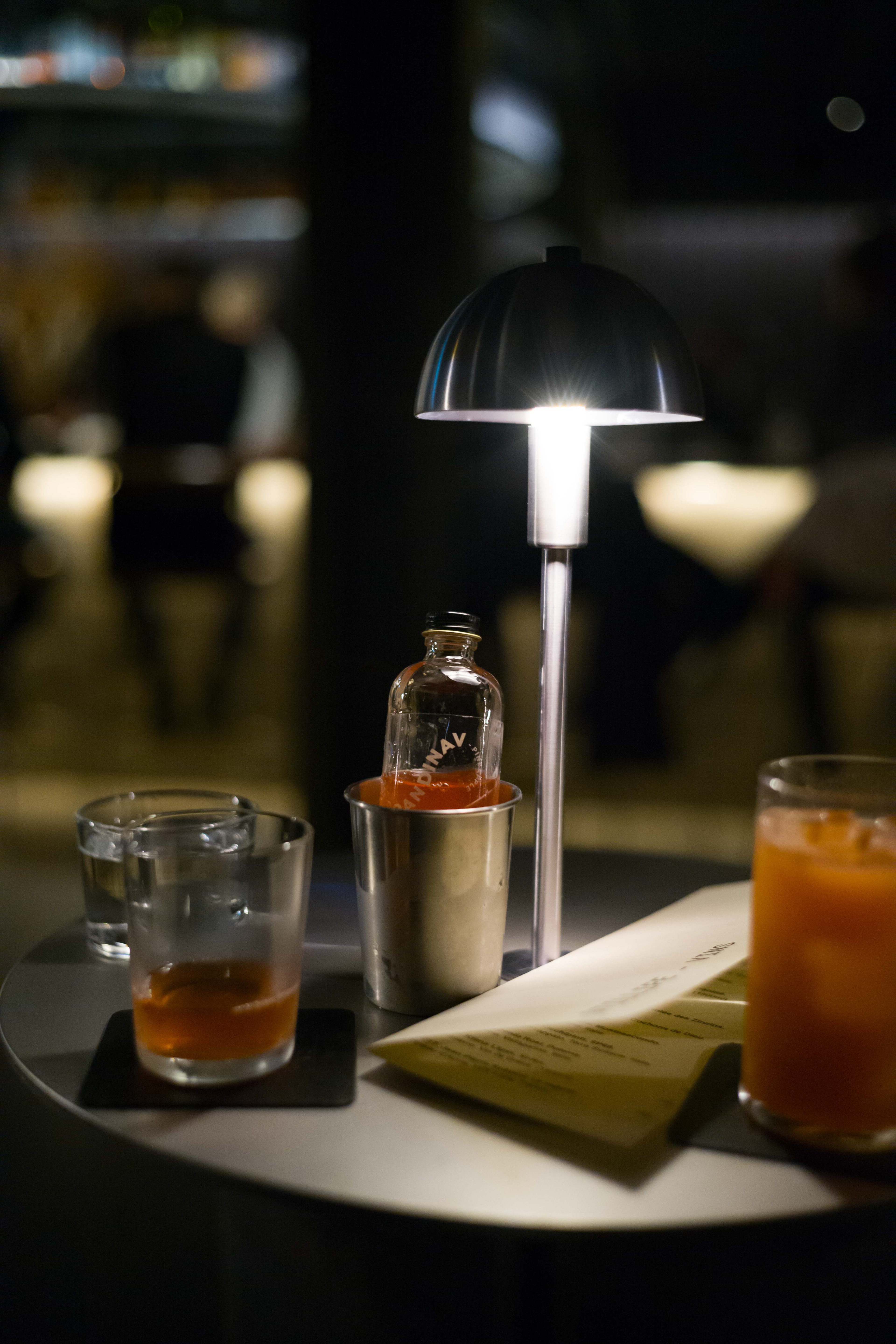

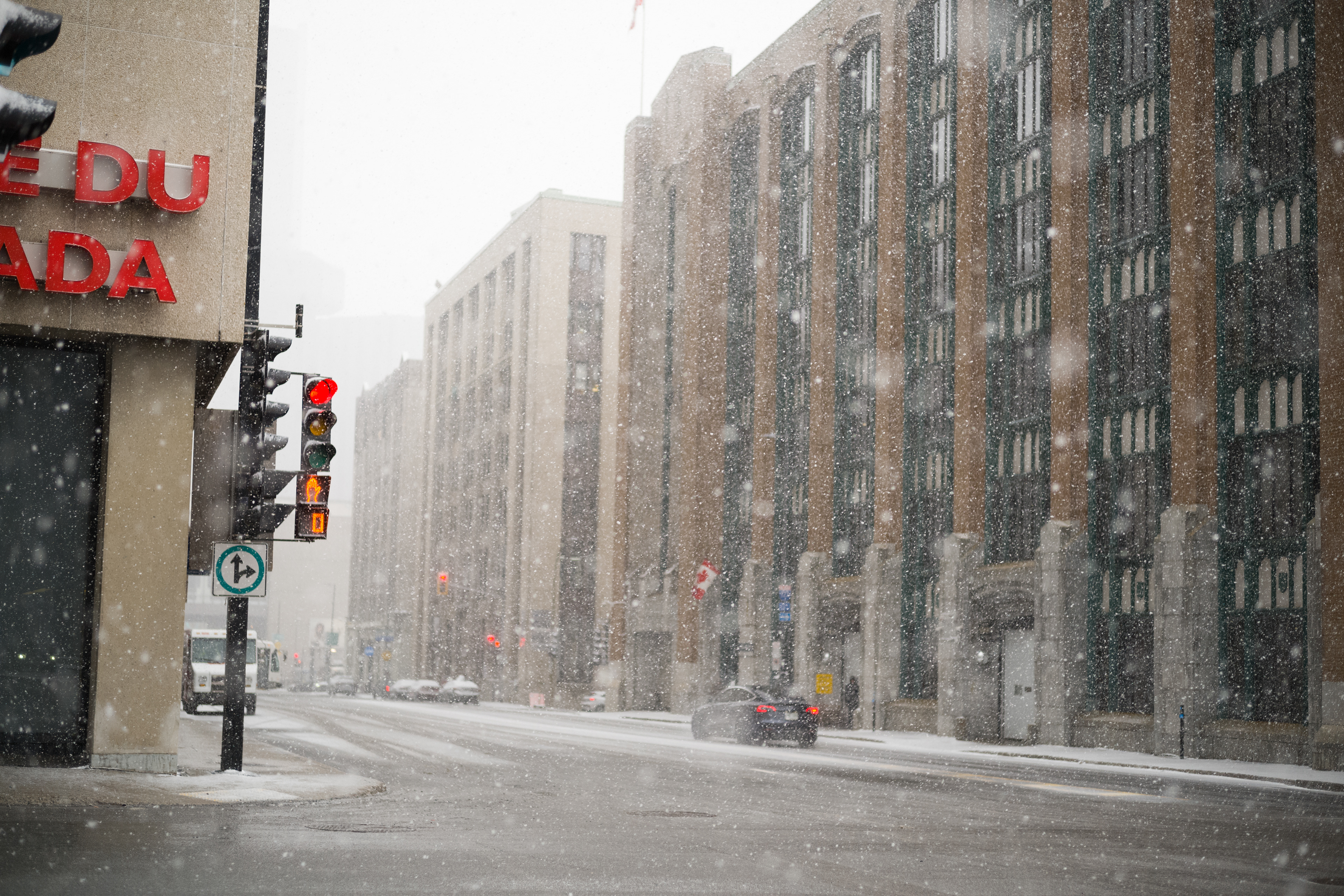






Accessories: Well you could just go out and equip your M10 with a nice little Visoflex Typ 020, which will help with focusing difficult lenses or non-rangefinder coupled lenses. At that point, get a SL. The SL will do a better job and have a better electronic viewfinder. You could also get a thumb grip that mounts into the hotshoe, but with the built in one, I have yet to find an opportunity where I (personally) could see it being a necessity.
With that said, I did buy a spare battery which I leave charged and rotate batteries without waiting for them to charge. They charge relatively fast, 30 minutes usually brings me back up from 50% to 100%. Originally, I was hesitating between the screen-less M-D 262 but found it too risky to have for paid work. Luckily the official half case comes with an optional flap to cover the screen to stop you from chimping and protecting the rear of the camera. The build is exceptional and it has really withstood the test of time. With that said, the OEM leather strap was meh. Wound up using other straps from the likes of COOPH and Leica after the leather around the lugs started to fray.



As a photographer, the history and mystery of the system was always alluring. The camera can be seen as a luxury item, if you read this and looked up the prices, it could still be, but hopefully you can see what it's capable of. To 99% of the world, it's another hipster looking camera. I've had this camera by my side pretty much everyday for nearly 3 years, no one knows what it is and I've taken this thing into situations where I likely shouldn't have, but in the end its just a camera that takes photos and I'm glad I had it with me.


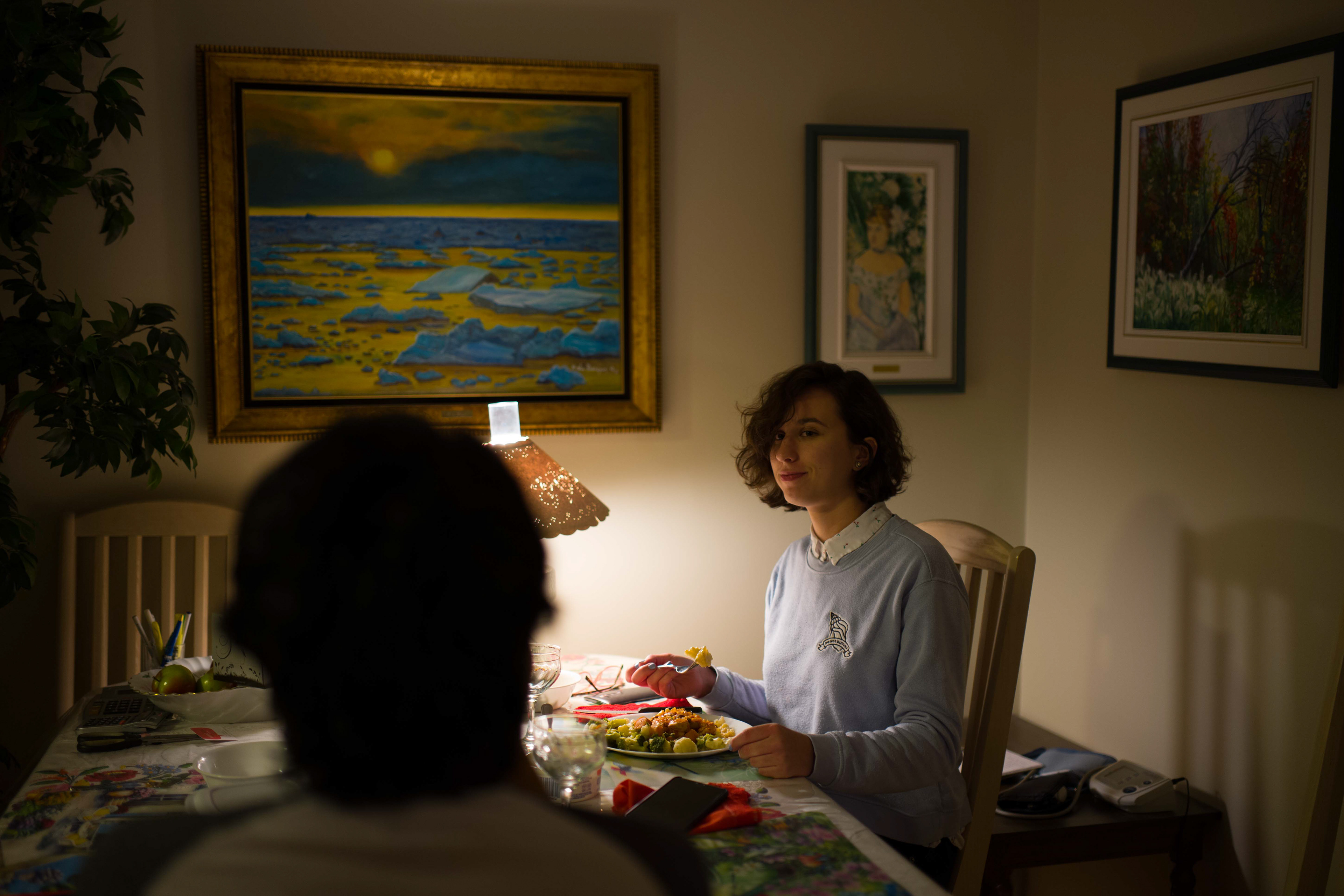


The shutter is quiet, tho it's not as silent as the one found in the M10-P/D or in my M2. That said, there have been few instances were I found the shutter to be intrusive. Having no mirror to slap and make more noise, the shutter sounds like a nice mechanical "click" that in most instances is muffled by any ambient sound. I have noticed that there are certain shutter speeds that amplify or mute the sound more than others (my sweet spot is 1/60 and 1/500). Note that the shutter delay is nearly non existent. The camera startup is ok-fast, I usually turn it on in one single motion when grabbing it and use fast cards only to lower the delay. I only encountered a buffer delay once on the camera, it was during a bouquet toss that took forever and I started to see the frame-rate drop after around 25 or so shots.

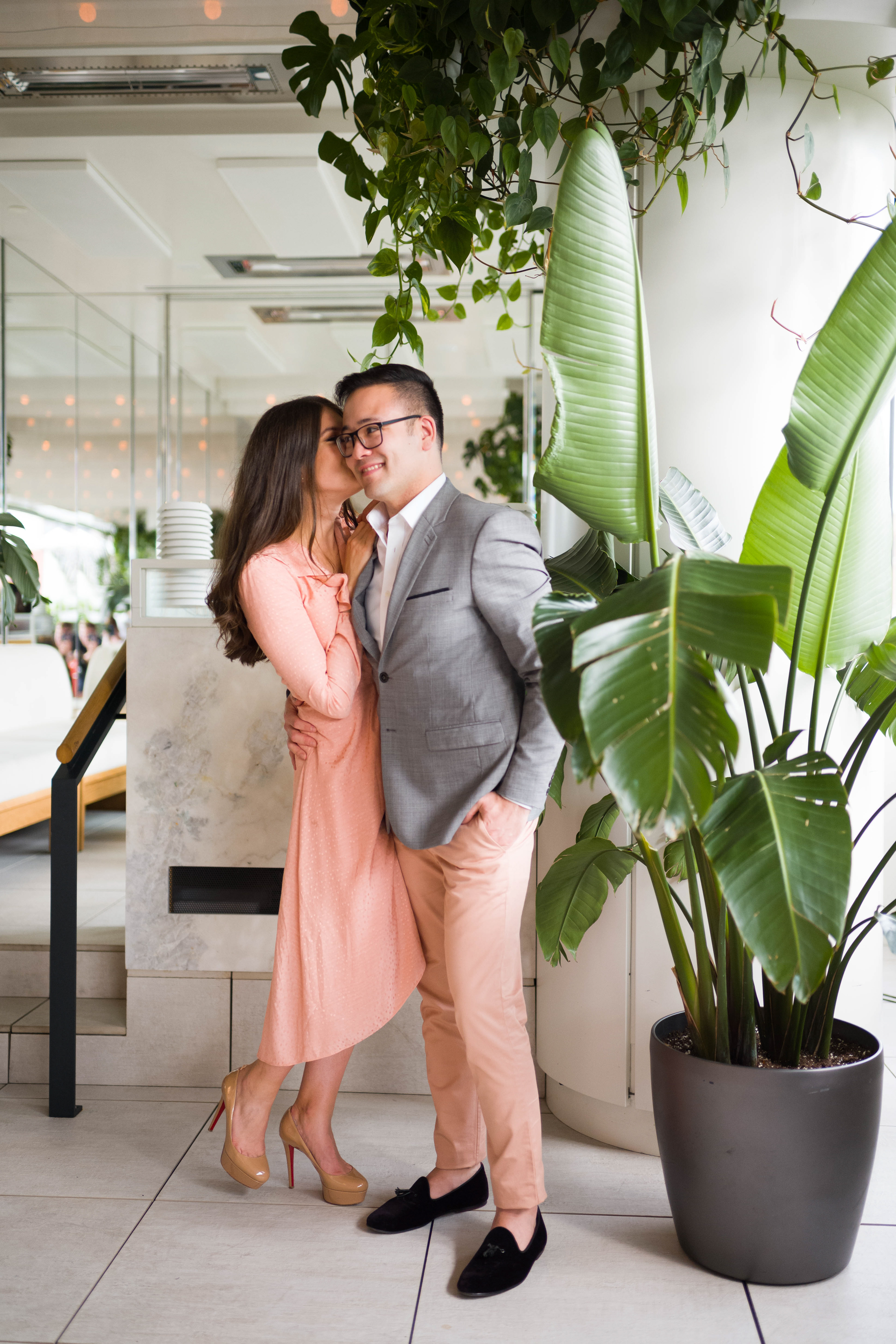


In all honesty, you can find a great way to take great photographs with any camera. You don't need to dive head first and buy a new Leica kit. It's all about what you are comfortable with as a photographer and what inspires you that matters. For me, the M10 makes sense and I was lucky enough to get one subsidized through an insured camera failure. Had it have happened before I discovered Leica that year, I likely wouldn't even own this camera, but I do and I truly enjoy it.




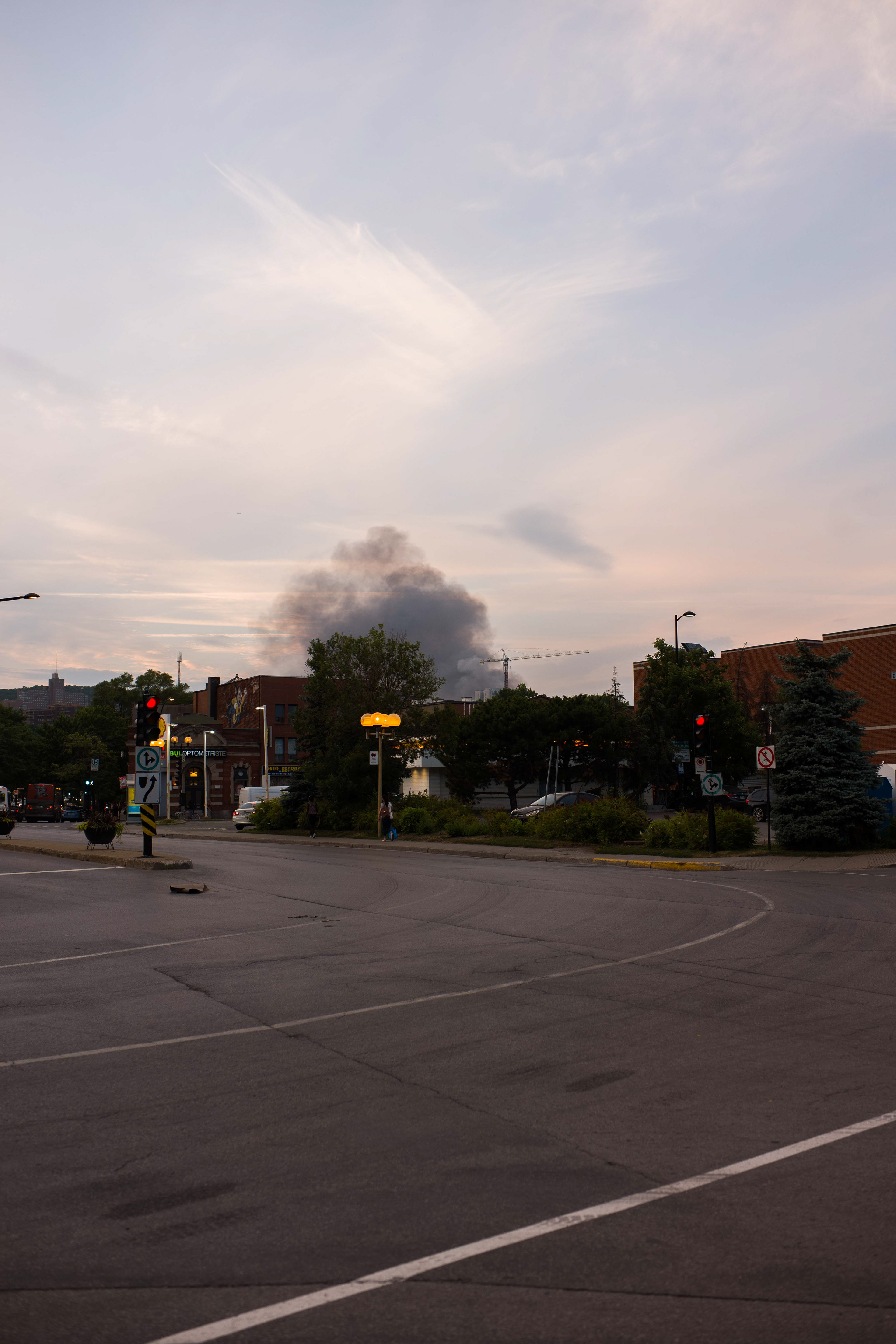









If you do decide to enter the Leica world, regardless of what lens or camera you choose; you'll be met with a great pride of ownership, inspiring build and a welcoming and passionate following. You hardly hear talk about the technological aspect of the cameras, and that's a good thing. If it works, use it and enjoy it!







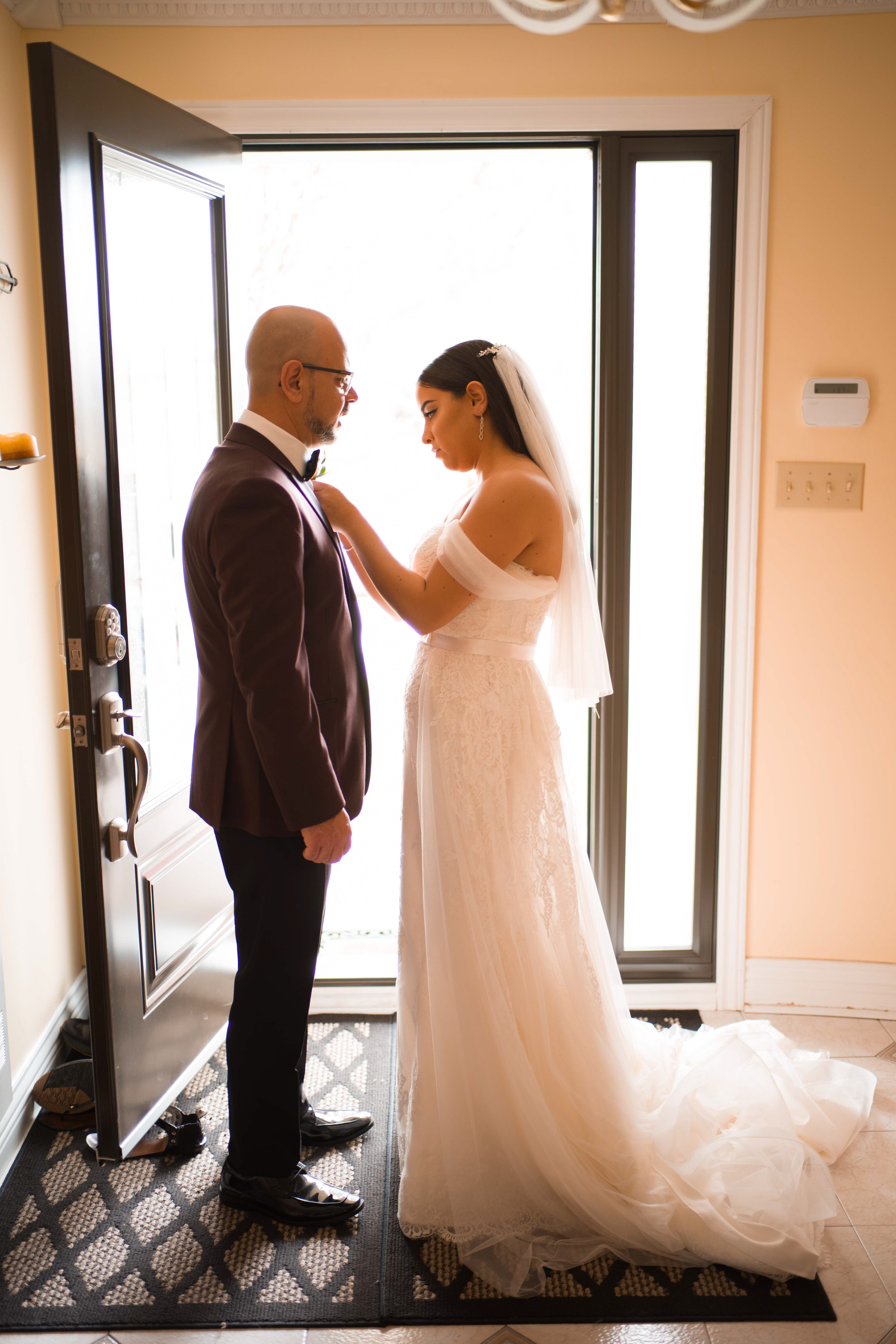













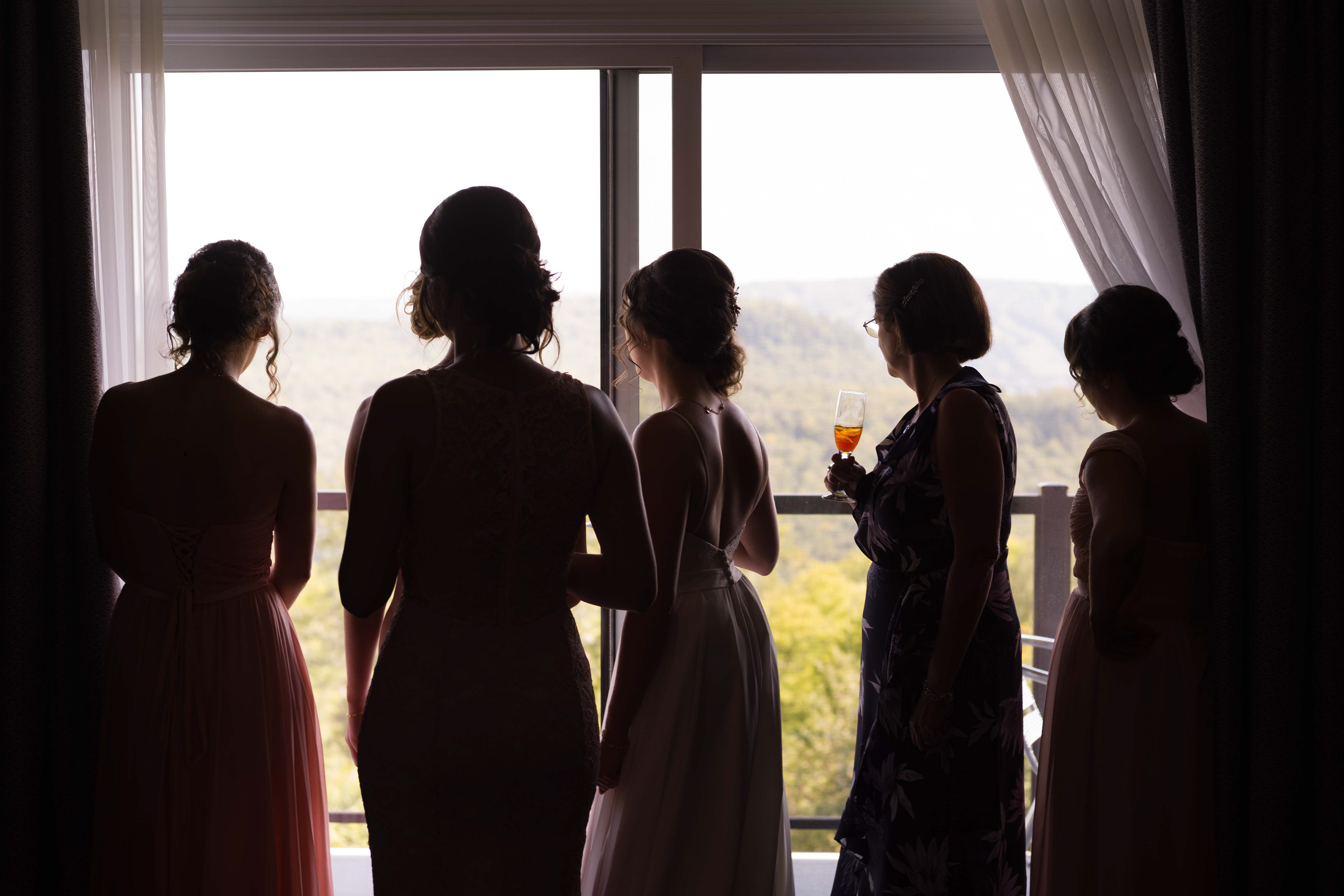









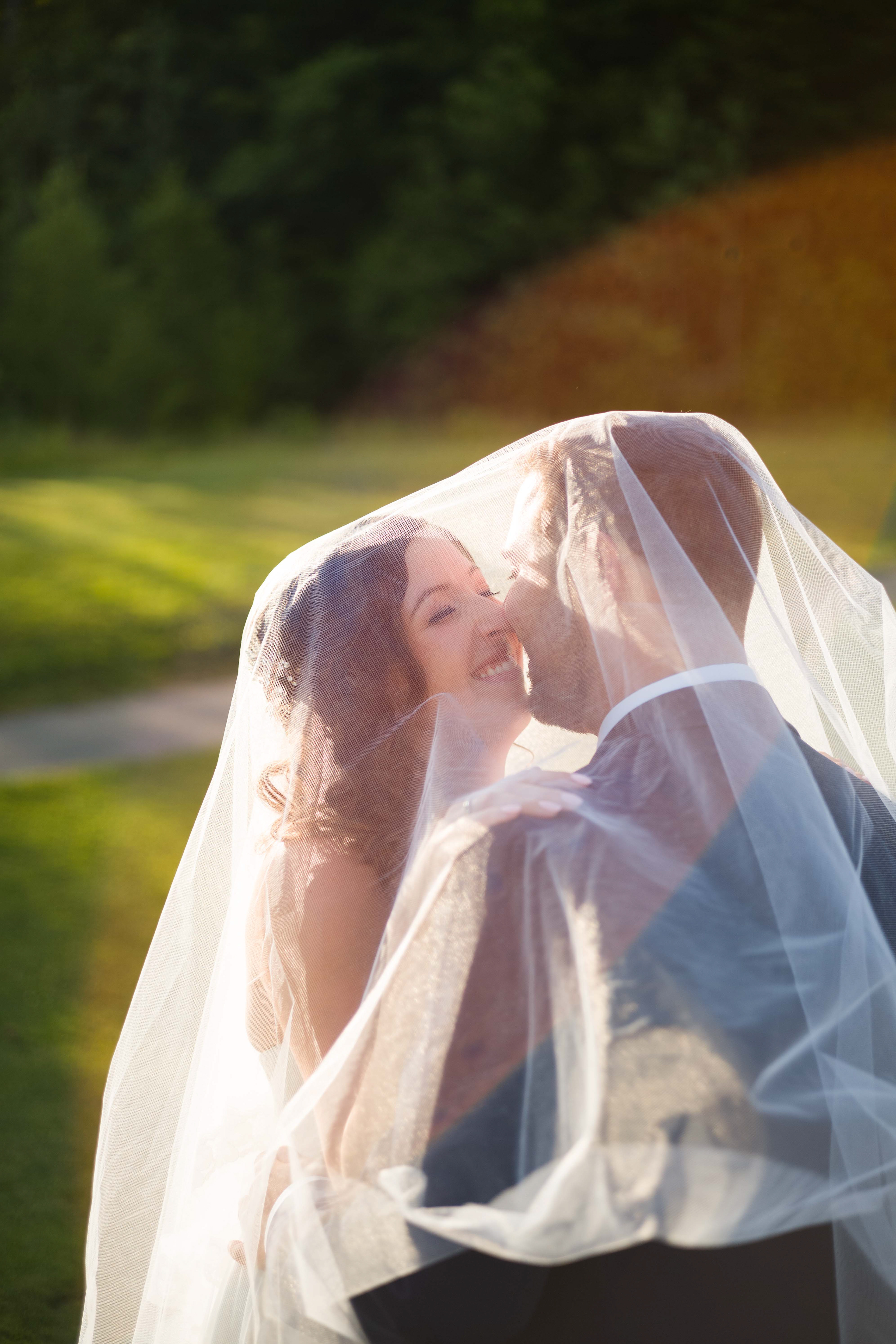
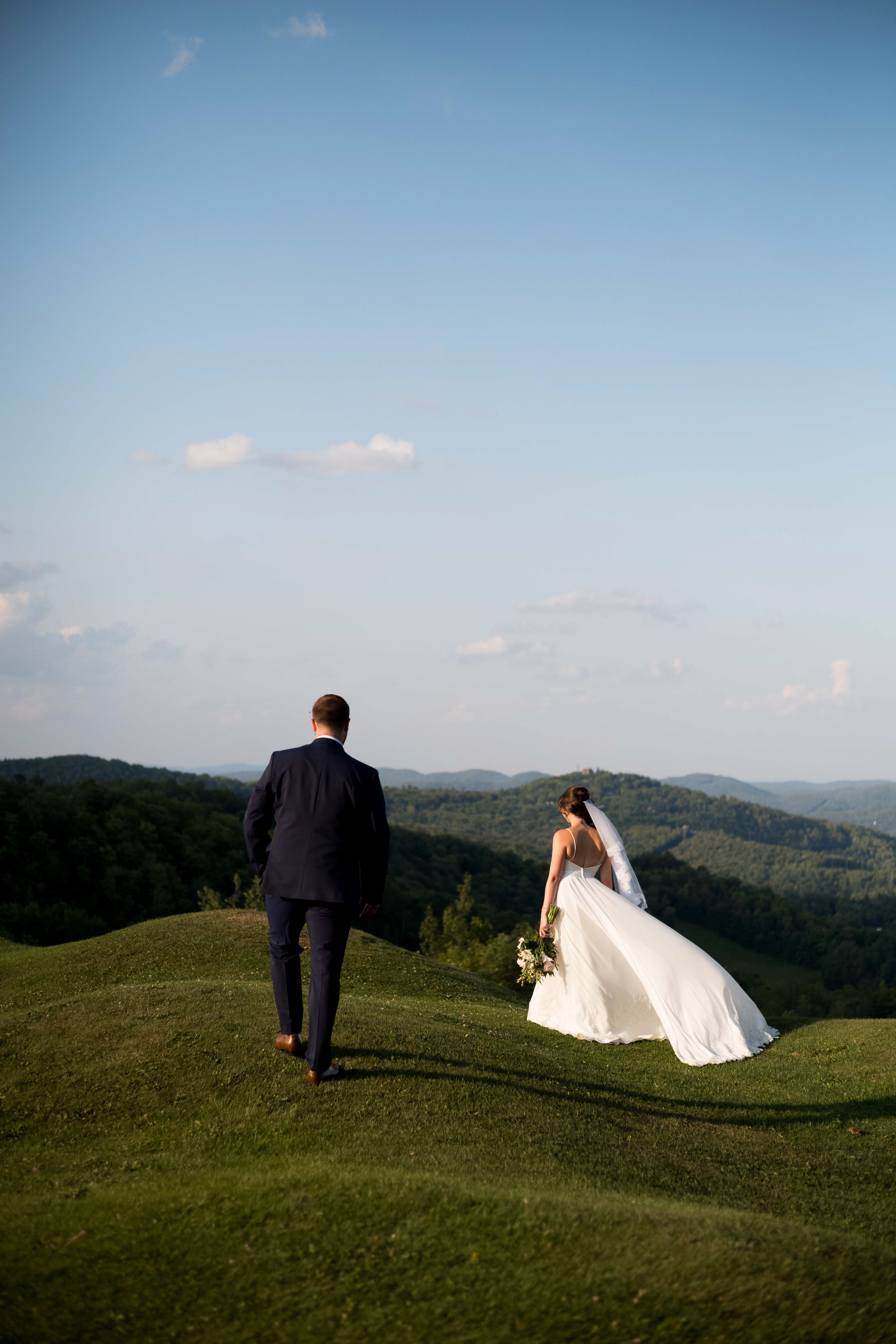












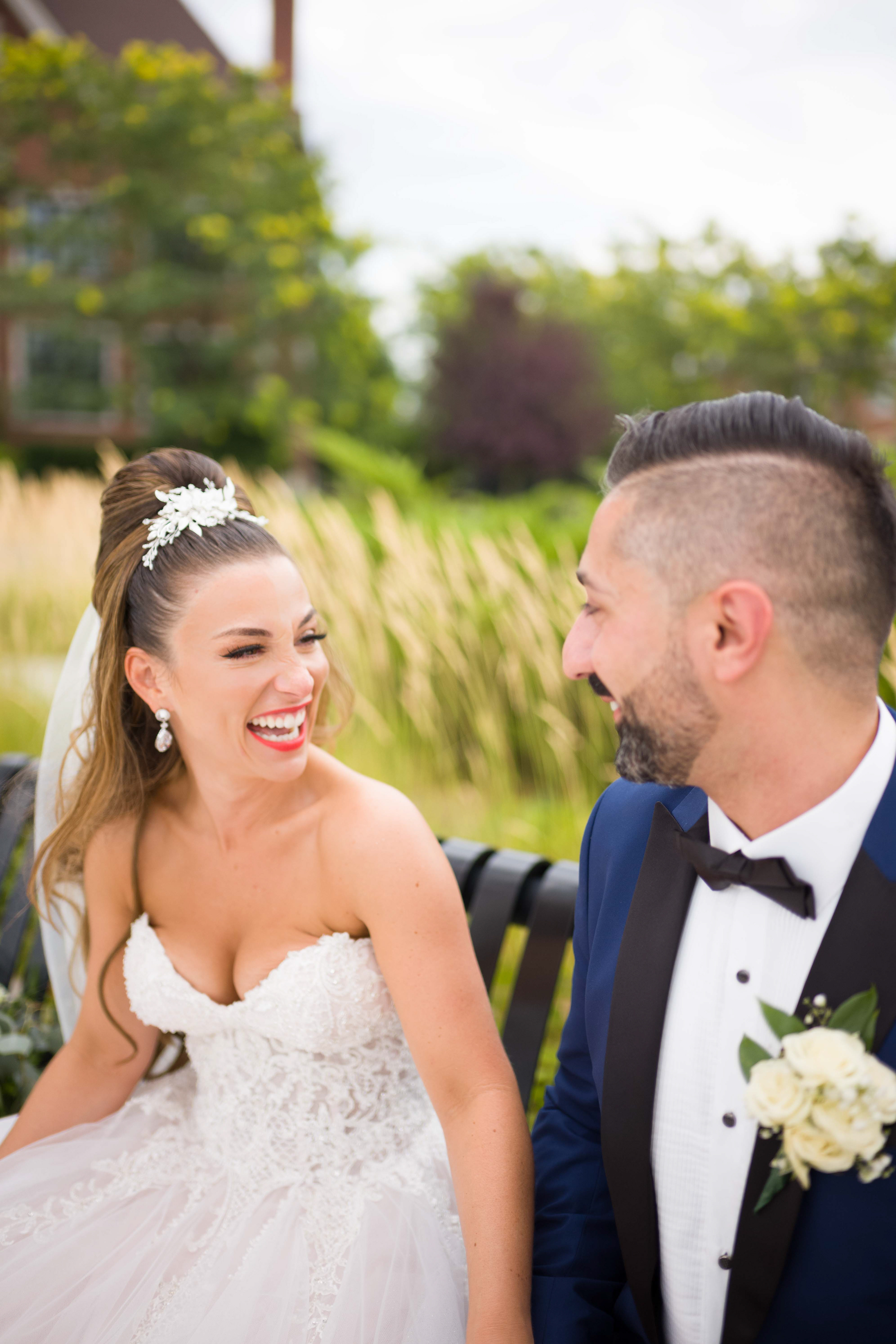


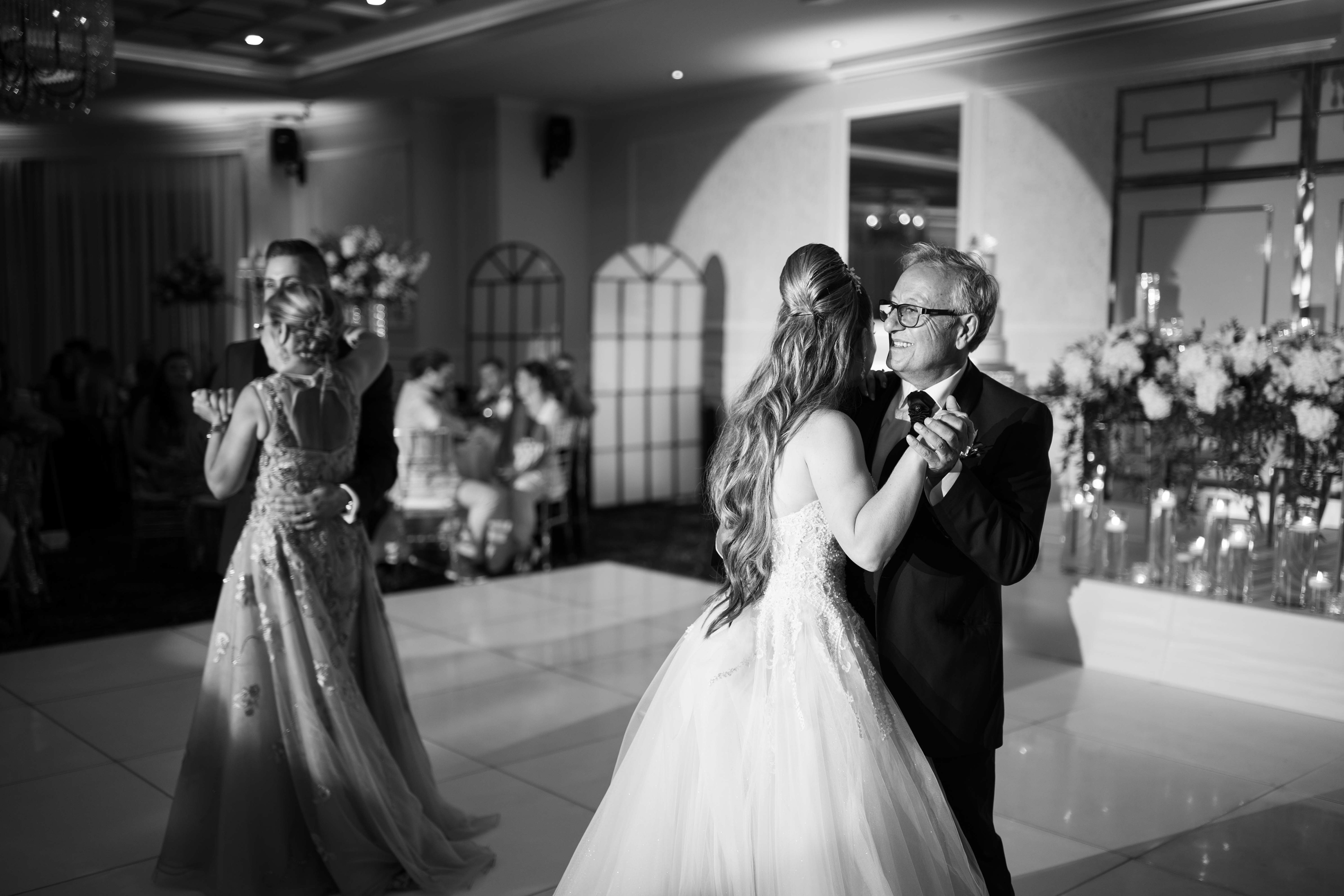
I get all my Leica gear from the great folks over at Camtec. If you're ever looking at acquiring any photographic equipment, be sure to hit them up!







